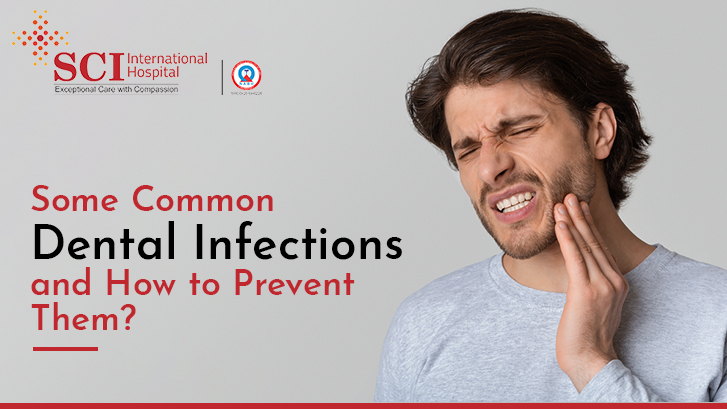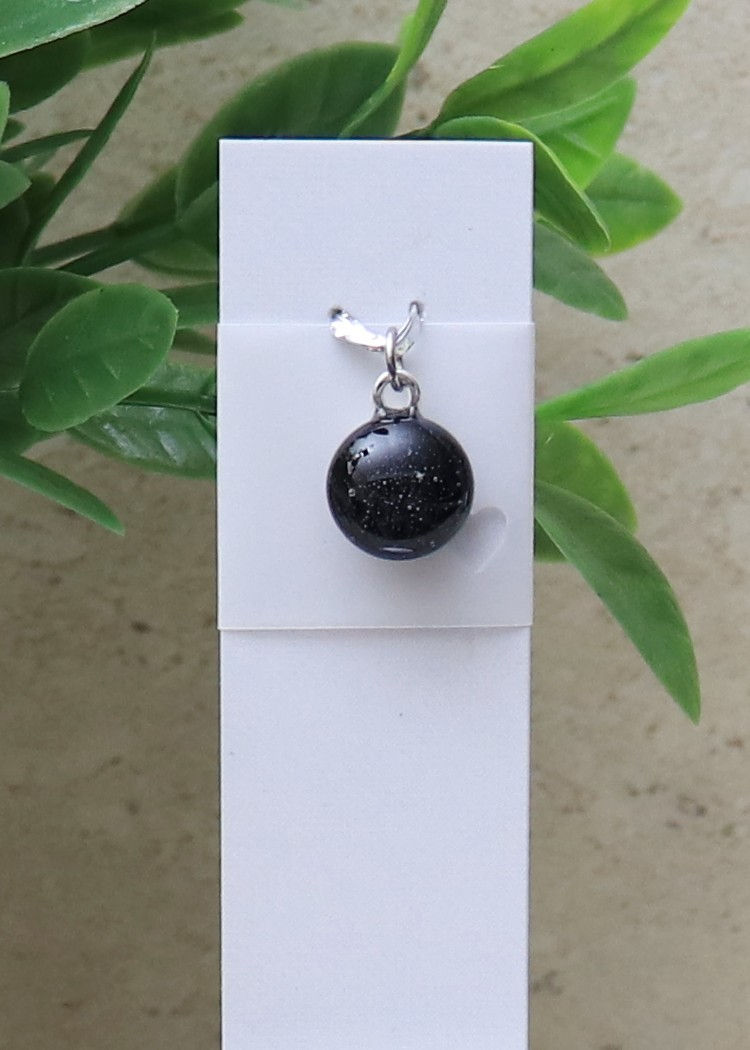What Is Amoxicilina For Dental Infections?

Dental infections can be a painful and potentially serious condition if left untreated. One of the most commonly prescribed antibiotics for dental infections is Amoxicilina, a broad-spectrum penicillin-type antibiotic. Amoxicilina is effective against a wide range of bacteria, including those that cause dental infections such as abscesses, periodontal infections, and infections of the teeth and surrounding tissues.
Amoxicilina works by inhibiting the growth of bacteria, thereby allowing the body’s natural defenses to take over and fight off the infection. It is often prescribed for dental infections because it is able to penetrate into the tissues and reach the site of infection, where it can effectively target and eliminate the bacteria. Additionally, Amoxicilina has a relatively low risk of side effects and is generally well-tolerated by most patients.
Some common dental infections that Amoxicilina may be prescribed for include:
- Dental abscesses: A collection of pus that forms in the tissues surrounding a tooth, often caused by a bacterial infection.
- Periodontal infections: Infections of the gums and bone that support the teeth, which can lead to inflammation, pain, and potentially even tooth loss if left untreated.
- Pericoronitis: An infection of the tissues surrounding a wisdom tooth, which can cause pain, swelling, and difficulty opening the mouth.
- Endodontic infections: Infections of the pulp and root canal of a tooth, which can cause pain, sensitivity, and potentially even lead to abscess formation if left untreated.
Amoxicilina is usually prescribed for a period of 7-10 days, although the exact duration of treatment will depend on the severity of the infection and the individual patient’s response to the medication. It is essential to take the full course of antibiotics as directed by your dentist or doctor, even if symptoms improve before the end of the treatment period. Stopping the medication too early can lead to the development of antibiotic-resistant bacteria, which can make the infection more challenging to treat.
It’s also important to note that while Amoxicilina can be effective in treating dental infections, it is not a substitute for proper dental care. If you have a dental infection, it’s crucial to schedule an appointment with your dentist as soon as possible to receive a proper diagnosis and treatment plan. Your dentist may also recommend additional treatments, such as drainage of an abscess or extraction of an infected tooth, in conjunction with antibiotic therapy.
In addition to taking Amoxicilina as directed, there are several other steps you can take to help manage your dental infection and support your overall oral health:
- Practice good oral hygiene: Brush your teeth at least twice a day and floss once a day to help remove bacteria and food particles that can contribute to infection.
- Rinse with salt water: Rinsing your mouth with warm salt water several times a day can help reduce swelling and kill bacteria.
- Apply a cold compress: Applying a cold compress to the affected area can help reduce pain and swelling.
- Avoid spicy or acidic foods: Avoid eating foods that can irritate the infection site or exacerbate discomfort.
By working closely with your dentist or doctor and following the recommended treatment plan, you can help ensure a speedy recovery from your dental infection and prevent potential complications.
What are the common side effects of Amoxicilina?
+Common side effects of Amoxicilina include nausea, vomiting, diarrhea, and stomach pain. In rare cases, Amoxicilina can cause more serious side effects, such as allergic reactions, severe diarrhea, or liver damage.
Can I take Amoxicilina with other medications?
+It's essential to inform your dentist or doctor about all medications you are currently taking, as Amoxicilina can interact with certain medications, such as blood thinners, and reduce their effectiveness or increase the risk of side effects.
How long does it take for Amoxicilina to start working?
+Amoxicilina typically starts working within 24-48 hours, although the full effects of the medication may not be apparent until the end of the treatment period. It's crucial to continue taking the medication as directed, even if symptoms improve before the end of the treatment period.
In conclusion, Amoxicilina is a commonly prescribed antibiotic for dental infections, effective against a wide range of bacteria. While it can be an effective treatment option, it’s essential to work closely with your dentist or doctor to determine the best course of treatment for your specific infection and to follow the recommended treatment plan carefully. By doing so, you can help ensure a speedy recovery and prevent potential complications.

